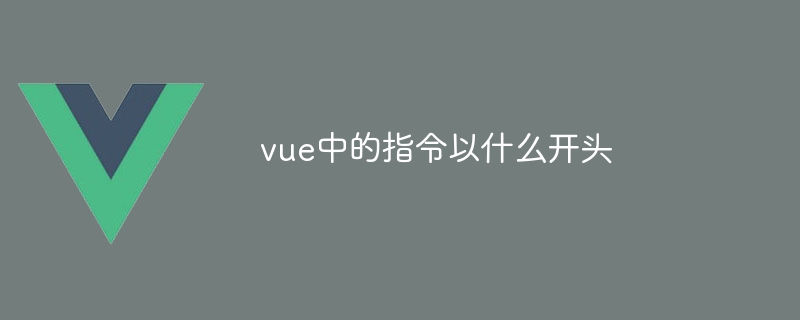
The main purpose of using the v- prefix for Vue directives is to distinguish them from ordinary HTML attributes to help Vue track changes in DOM state. Prefixes allow Vue to bind expressions, handle events, conditionally render elements, and iterate over lists. Vue can effectively identify and manage user interface elements through directives such as v-binder, v-on, v-if, and v-for.

Prefix for Vue directives
Vue directives start with thev-prefix.
Why use prefixes?
The main purpose of using prefixes is to distinguish directives from ordinary HTML attributes. This is crucial because Vue uses a virtual DOM to track changes to DOM state. Without the prefix, Vue cannot distinguish directives from other properties, which can lead to confusion and errors.
Application
directive can be applied to various attributes of HTML elements, for example:
v-bind:attr= "expr": Bind an expression to a property.v-on:event="expr": Process an event.v-if="expr": Conditionally render an element.v-for="item in list": Traverse a list and render multiple elements.Examples
Here are some examples of Vue directives with the prefix:
点击 显示该段落
- {{ item }}
By usingv-prefix, Vue can clearly identify directives and distinguish them from ordinary properties, resulting in a cleaner and more efficient template syntax.
The above is the detailed content of What does the directive in vue start with?. For more information, please follow other related articles on the PHP Chinese website!